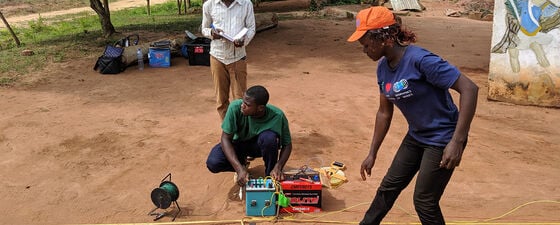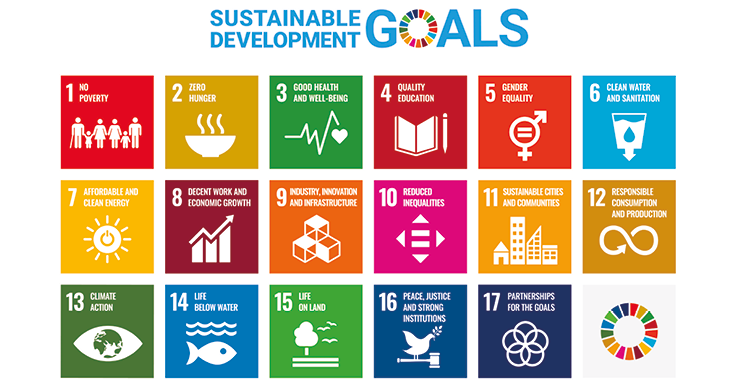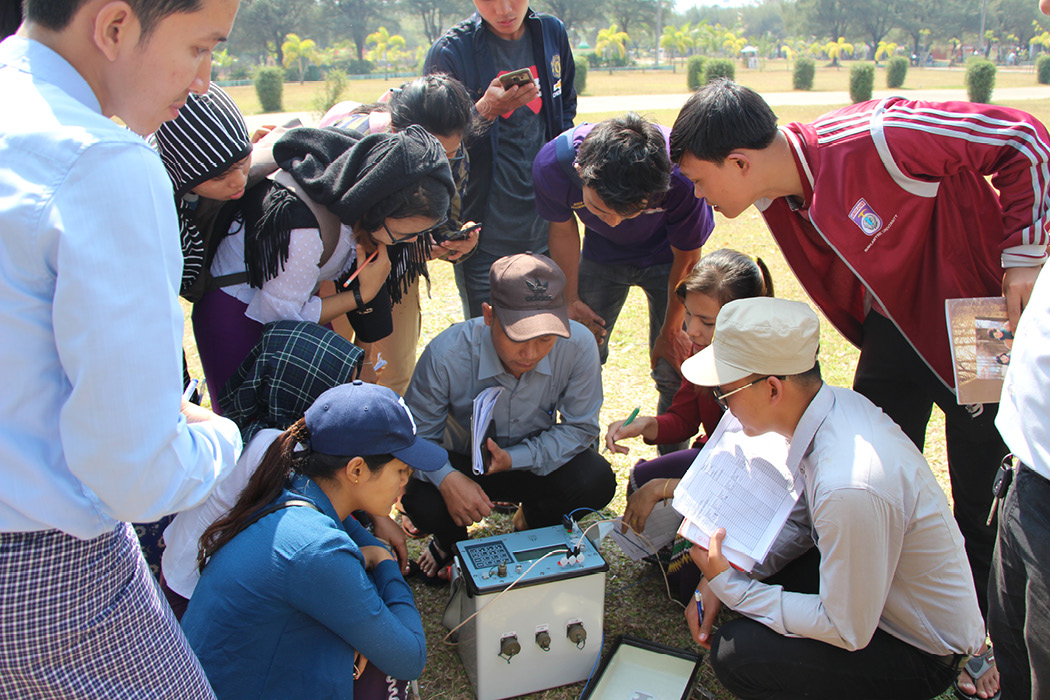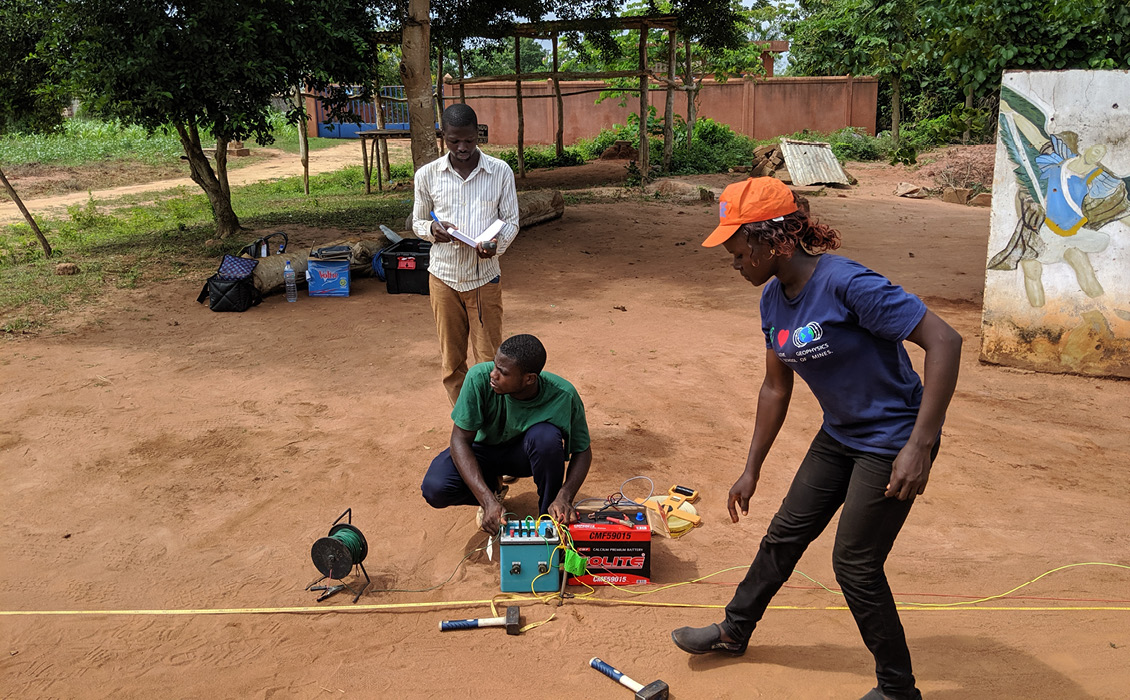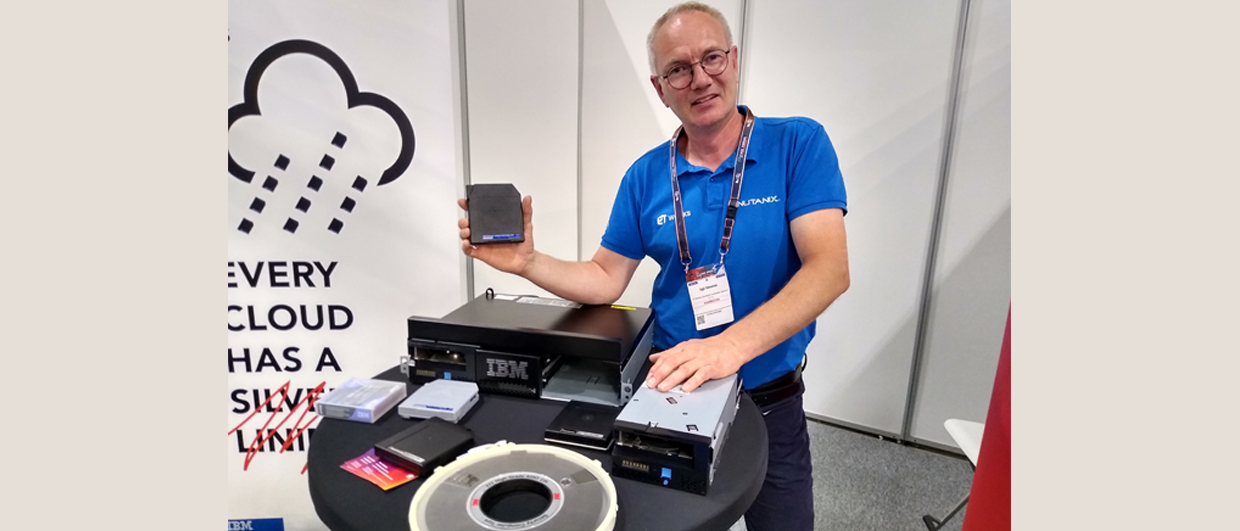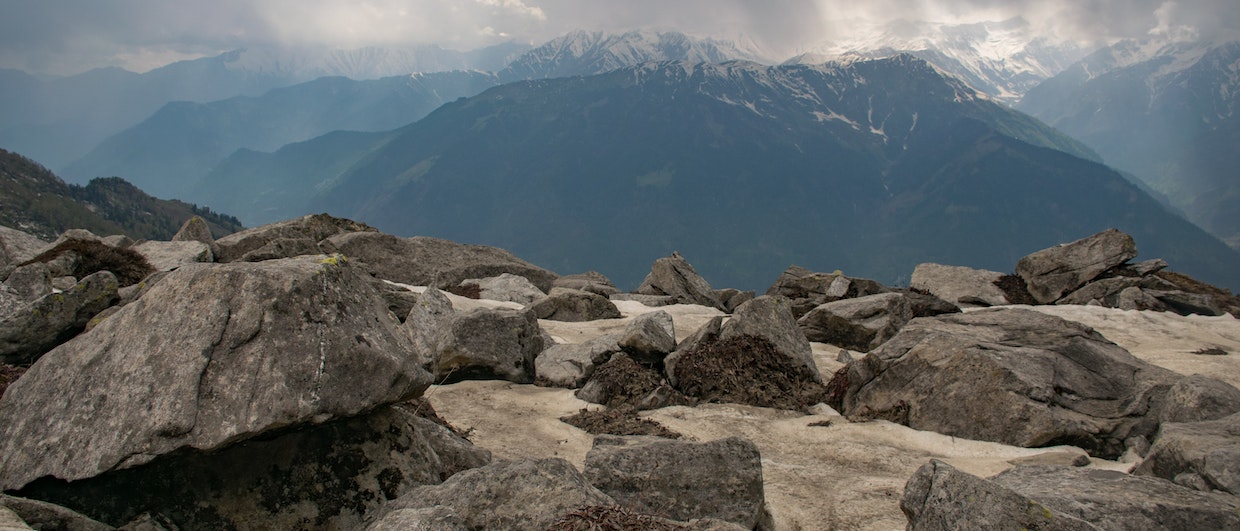This was the question three Society of Exploration Geophysics (SEG) members asked themselves recently. To determine the answer, they mapped various different geophysical applications and practices to the Sustainable Development Goals (SDGs) adopted by the United Nations in 2015, in order to illustrate the value geophysics brings towards achieving these goals and to provide examples of specific applications and collaboration strategies. The idea was to help geophysicists understand how they can contribute to sustainability and to identify opportunities for the geophysicists of the future.
The aim was “to create a shared vision among stakeholders in geophysics about how to enhance the science’s value in all components of its practice, including research and development, entrepreneurship, business operations, academia, and humanitarian engagement.”
UN Sustainability Goals
The UN defines sustainable development as “development that meets the needs of the present without compromising the ability of future generations to meet their own needs.” The 17 UN SDGs are a call for action by all countries to promote prosperity while protecting the planet, recognising that ending poverty must go hand-in-hand with strategies that build economic growth and address a range of social needs, including education, health, social protection and job opportunities, while also tackling climate change and environmental protection. The goals are independent but interconnected, selected to try to give everyone on the planet a better future, with a number of targets to be achieved by 2030. They are simply stated and aspirational, ranging from ‘end poverty’ and ‘zero hunger’ to ‘decent work and economic growth’ and ‘responsible consumption and production’ and they are directed at encouraging both businesses and individuals to adopt practices that will assist the goals.
The three SEG members – Maria A. Capello, Anna Shaughnessy and Emer Caslin – published a paper* in early 2021 in which they aimed to “raise awareness about steps and conditions that should be implemented by individuals and organisations in geophysics so they can remain relevant in the long term, serving society and preserving the planet”. The result is a Geophysical Sustainability Atlas, in which they established relationships between the geosciences, and geophysics in particular, to each of the SDGs, in order to highlight the benefits to be gained from these connections.
The authors invited a large number of people from academia, industry and humanitarian organisations to form focus groups to analyse and discuss the application of geophysics to each of the SDGs. They found geophysics to be intrinsically involved in all of the goals, and in many cases to have direct applications, while they also recognised collaboration and expansion opportunities and identified specific geophysical enablers for each goal.
Mapping the SDGs
As an example, the first Sustainable Development Goal is ‘No Poverty’. The paper discusses how geophysical monitoring is vital to reducing the vulnerability of communities to natural disasters like earthquakes and is also important to ensuring the sustainable management and utilisation of the earth’s resources. The closely-related second goal, ‘Zero Hunger’ can be supported through the use of geophysical tools to find and monitor water resources and assess soil properties, among other things. For both these SDGs the authors recognised that tools such as seismic, borehole geophysics, gravimetry and magnetometry, and ground penetrating radar can all be used to advance the targets.
A number of the goals are particularly relevant to the oil and gas industry. SDG 7, for example, discusses access to affordable and clean energy for all, with objectives that would be recognisable to many in the industry, such as optimising exploration and production and extending a field’s lifecycle through geophysical techniques. However, communicating the crucial role geophysicists play in these areas, as well as in decarbonisation strategies, is an opportunity for the geophysical community. The worldwide nature of the oil and gas industry means it can also play an important role in, for example, SDG 5, ‘Gender Equality’, by promoting geophysics as a career for women, highlighting female role models and promoting a nonbiased gender equality intake in the recruitment practices.
The use of geophysics in a number of what one could describe as non-traditional fields was promoted, with suggestions as to techniques which could be used to promote sustainable use of terrestrial ecosystems, to manage forests, combat desertification and halt land degradation and biodiversity loss (SDG 15). Drones and satellite monitoring were some of the enablers suggested to achieve this goal.
Although some of SDGs could not be directly related to existing geophysical uses, the authors identified many areas for collaboration and expansion to support each specific goal. For SDG 4, ‘Quality Education’, for example, there are opportunities such as ensuring knowledge transfer between industrialised and developing nations and in highlighting geophysics as a science with a broad range of applications and career paths. Within the oil and gas industry there are often specific opportunities to encourage the training, support and recruitment of local geophysicists.
Three important uses of geophysics for each SDG were identified. SDG 13, ‘Climate Action’, for instance, was summarised by ‘reduce emissions, transition to clean energy and improve climate mitigation’, while the most import tasks for SDG 12, ‘Responsible Consumption and Production’, were condensed into the need to reduce industrial contamination, enhance community mindset and monitor landfills. Finally, these uses of geophysics for each SDG were identified in a simplified infographic (the geophysical sustainability wheel), which the authors hope will be used to help ‘spread the word’.
Future and Present Geophysicists
The profession of geophysics is changing, with many opportunities for successful careers emerging not just in traditional extractive industries but also in the spheres of water resources, engineering and renewable energy, among others. The new generation of potential geophysicists will want to know how their science can contribute towards sustainability, so this project is an important step towards encouraging them towards the discipline.
At first glance it would be easy to conclude that most of the opportunities for promoting the UN SDGs through geophysics will fall on companies, professional organisations and the academic community. While they definitely have an important role to play, the Geophysical Sustainability Atlas is also designed to motivate and inspire current geophysicists, since many of the initiatives to support the SDGs can be undertaken at the individual level. Communicating the challenges and excitement of your science in easy language is something we can all engage in, and by understanding the scope for sustainability and humanitarian goals we can help promote them.
The Geophysical Sustainability Atlas: Mapping geophysics to the UN Sustainable Development Goals
Photos courtesy of Geoscientists Without Borders®

